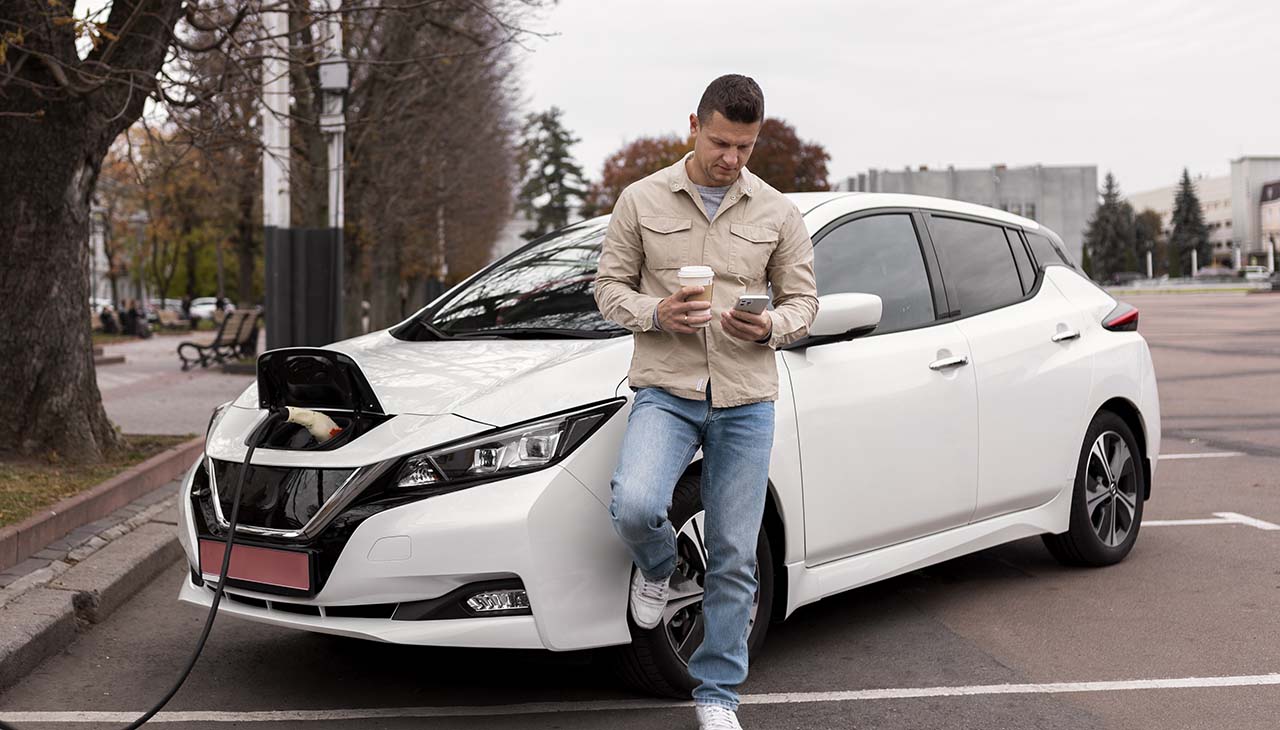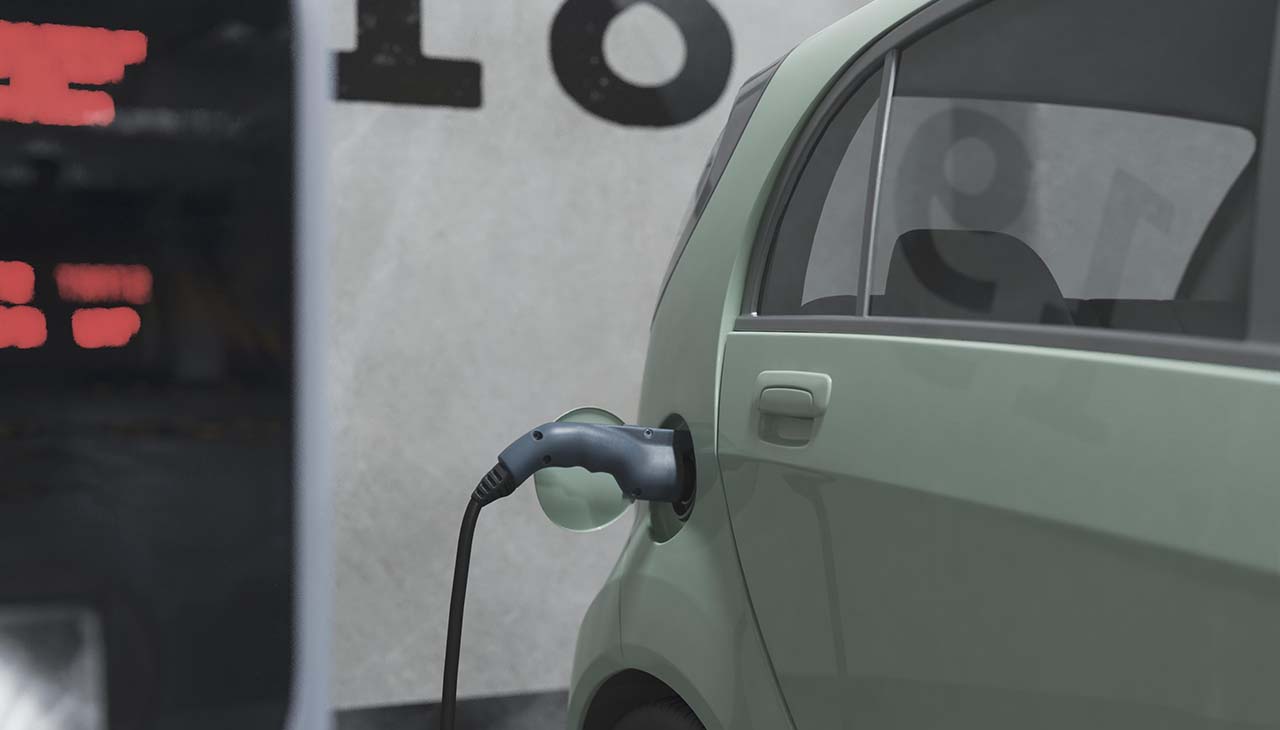Introduction to the Growing Popularity of Electric Vehicles
The transportation sector is undergoing a significant transformation, and at the heart of this change is the rise of electric vehicles (EVs). Once considered a niche market, EVs are now at the forefront of a global shift towards sustainable transportation. Eco-conscious consumers, tech enthusiasts, and automotive industry professionals are all showing increased interest in the advancements and potential of electric vehicles. This blog post explores the current trends and innovations shaping the future of EVs, their impact on the environment and society, and what we can expect in the coming years.
Current Trends in Electric Vehicle Technology
The EV market is expanding rapidly, driven by several key trends:
- Battery Technology: Advances in battery technology are crucial in making EVs more practical and affordable. Lithium-ion batteries have seen significant improvements in energy density, leading to longer ranges and shorter charging times. Solid-state batteries, which promise even higher energy densities and improved safety, are on the horizon.
- Autonomous Driving: Integration of autonomous driving technologies is becoming more common in EVs. Companies like Tesla, Waymo, and Cruise are pioneering self-driving technologies, aiming to make transportation safer and more efficient.
- Charging Infrastructure: The growth of charging networks is essential for the widespread adoption of EVs. Fast-charging stations, wireless charging, and home charging solutions are becoming more prevalent, reducing range anxiety among potential EV buyers.
- Sustainability: Manufacturers are increasingly focusing on the entire lifecycle of EVs, from sustainable manufacturing processes to recycling batteries, to minimize the environmental impact.
Innovations Driving the Future of Electric Vehicles
Innovation is at the core of the electric vehicle revolution. Here are some cutting-edge developments:
- Vehicle-to-Grid (V2G) Technology: This technology allows EVs to communicate with the power grid to sell back unused energy. It helps balance grid demand and provides a potential revenue stream for EV owners.
- Advanced Materials: Lightweight materials such as carbon fiber and aluminum are being used to improve efficiency and performance. These materials reduce the overall weight of the vehicle, contributing to longer ranges and better handling.
- Enhanced Connectivity: IoT and 5G connectivity are enabling smarter and more connected vehicles. Real-time data sharing enhances navigation, safety features, and overall user experience.
- Inductive Charging: Also known as wireless charging, this technology allows EVs to be charged without physical connections. It’s a game-changer for convenience and is being integrated into public infrastructure and home garages.
Impact of Electric Vehicles on the Environment and Society
The shift to electric vehicles has several profound impacts on the environment and society:
- Reduced Emissions: EVs produce zero tailpipe emissions, significantly reducing greenhouse gases and air pollutants. This helps combat climate change and improves air quality, particularly in urban areas.
- Energy Independence: By reducing reliance on fossil fuels, EVs contribute to energy independence and security. They support the integration of renewable energy sources into the grid.
- Economic Growth: The EV industry is creating new jobs in manufacturing, research, and development. It stimulates economic growth and presents new business opportunities.
- Social Change: Increased adoption of EVs promotes a shift in societal attitudes towards sustainability and environmental responsibility. It encourages public and private sectors to invest in green technologies.
Challenges and Opportunities for Widespread Adoption
Despite the promising future, there are several challenges to overcome:
- High Initial Costs: The upfront cost of EVs can be higher than traditional vehicles. However, prices are decreasing as technology advances and production scales up.
- Charging Infrastructure: While expanding, charging infrastructure needs significant investment to become as ubiquitous as gas stations.
- Battery Recycling: Efficient recycling processes for EV batteries are essential to mitigate environmental impact and ensure resource availability.
- Consumer Awareness: Educating consumers about the benefits and usability of EVs is crucial for widespread adoption.
Opportunities abound for those who can address these challenges, particularly in developing technologies, building infrastructure, and creating supportive policies.
The Role of Policy, Infrastructure, and Consumer Behavior
Governments and policymakers play a critical role in accelerating the adoption of electric vehicles:
- Incentives and Subsidies: Financial incentives for EV buyers, such as tax credits and rebates, make EVs more affordable and attractive.
- Regulations and Standards: Implementing strict emissions regulations and setting standards for charging infrastructure supports the transition to electric mobility.
- Investments in Infrastructure: Public and private investments in charging networks and renewable energy sources are essential for supporting the growing number of EVs on the road.
- Public Awareness Campaigns: Increasing awareness about the benefits of EVs through campaigns and educational programs can drive consumer acceptance and adoption.
Case Studies: Successful Models and Companies Leading the Way
Several companies and models are paving the way in the electric vehicle industry:
- Tesla: As a pioneer in the EV market, Tesla continues to innovate with its range of electric cars, autonomous driving technology, and Supercharger network.
- Nissan Leaf: One of the best-selling electric cars worldwide, the Nissan Leaf has made electric driving accessible to a broader audience.
- Rivian: An emerging player focusing on electric trucks and SUVs, Rivian is gaining attention for its adventure-ready electric vehicles.
- BYD: A leading Chinese manufacturer, BYD is expanding its footprint in the global EV market with a diverse range of electric vehicles and battery technology.
These companies are setting benchmarks for innovation, sustainability, and performance, inspiring others in the industry to follow suit.
Predictions for the Next 5-10 Years in Electric Vehicle Development
The next decade promises exciting developments in the electric vehicle sector:
- Widespread Adoption: As technology improves and costs decrease, EVs will become mainstream, with a significant market share in the global automotive industry.
- Advancements in Battery Technology: Breakthroughs in solid-state batteries and other energy storage solutions will lead to longer ranges, faster charging times, and lower costs.
- Autonomous and Connected Vehicles: Fully autonomous electric vehicles will become more common, enhancing safety, reducing traffic congestion, and providing new mobility solutions.
- Integration with Renewable Energy: EVs will increasingly be powered by renewable energy sources, further reducing their environmental impact and supporting the transition to a sustainable energy future.
- Global Expansion: Emerging markets will see rapid growth in EV adoption, driven by supportive policies, increasing consumer awareness, and the need for sustainable transportation solutions.
Conclusion
The future of electric vehicles is bright and full of potential. As technology advances, the benefits of EVs become more apparent, driving widespread adoption and transforming the automotive industry. Eco-conscious consumers, tech enthusiasts, and automotive industry professionals all have a role to play in this exciting journey towards a sustainable and innovative future. Stay informed, get involved, and be part of the electric revolution.
For those looking to stay ahead of the curve, now is the perfect time to embrace the future of electric vehicles. Whether you’re considering your next car purchase, investing in EV technology, or simply staying informed about industry trends, the opportunities are endless.
Let’s drive towards a cleaner, greener, and more innovative future together!



